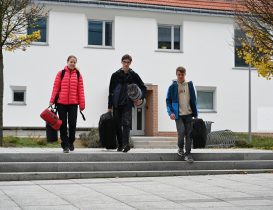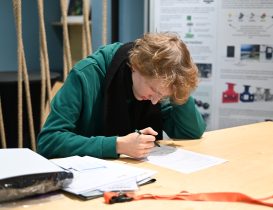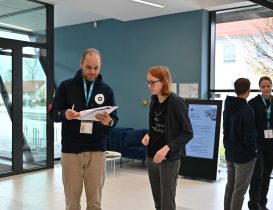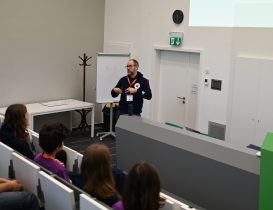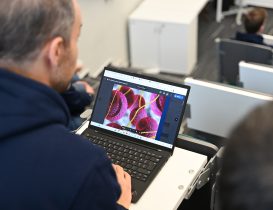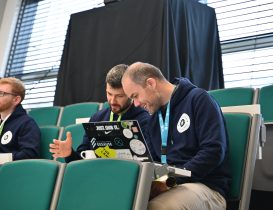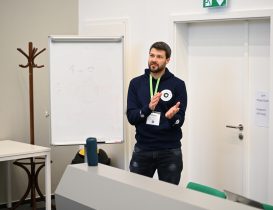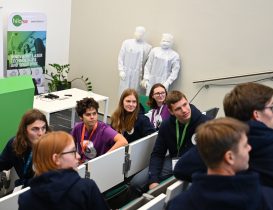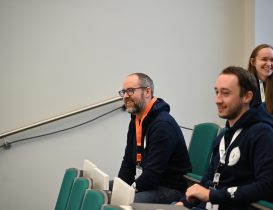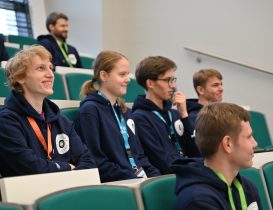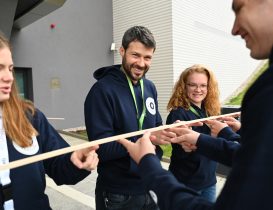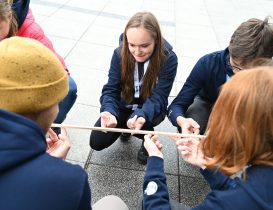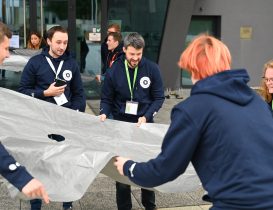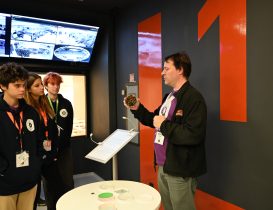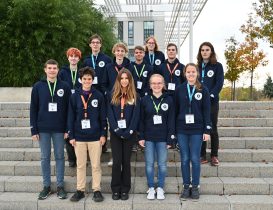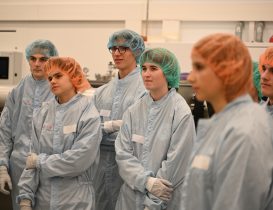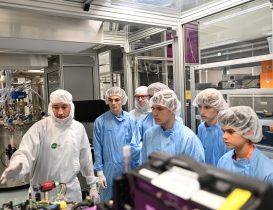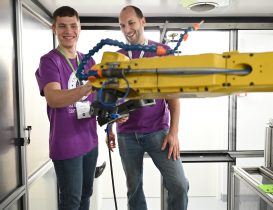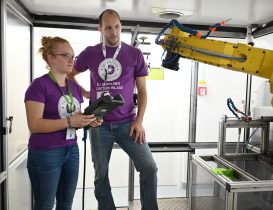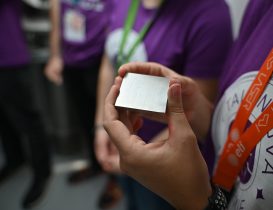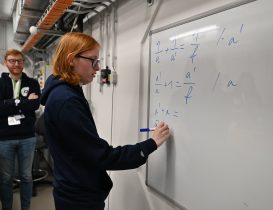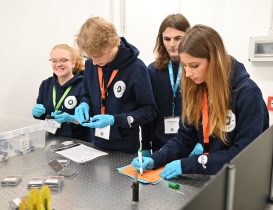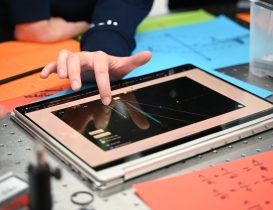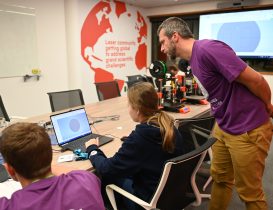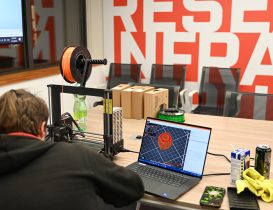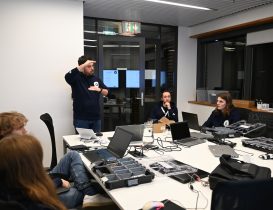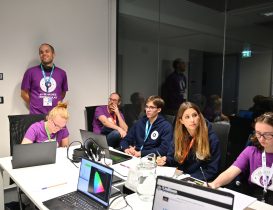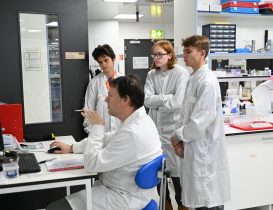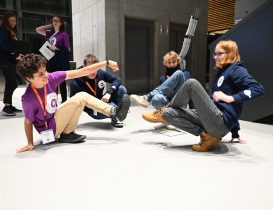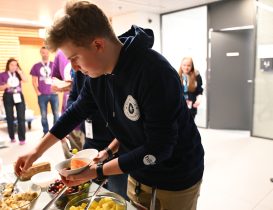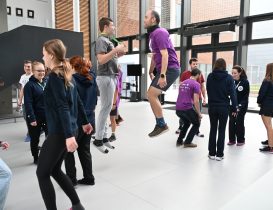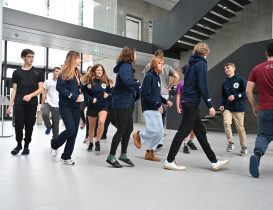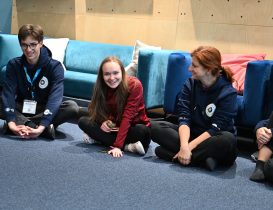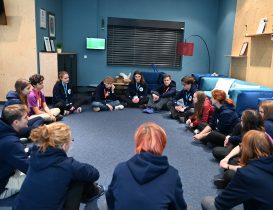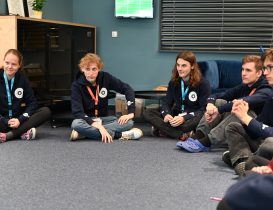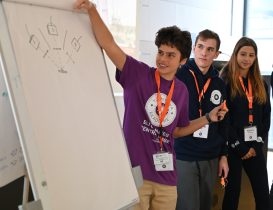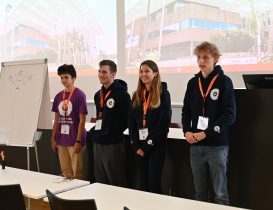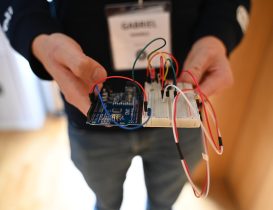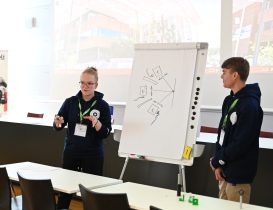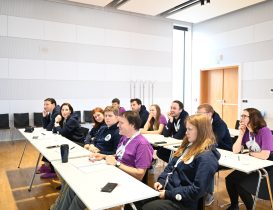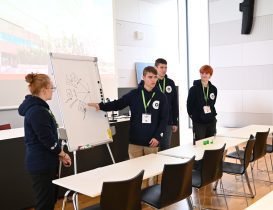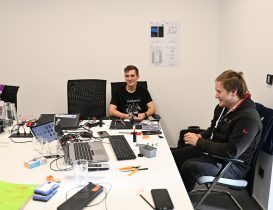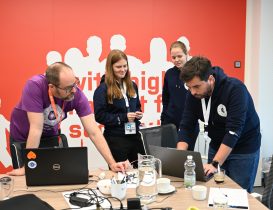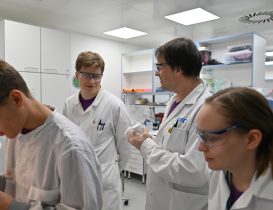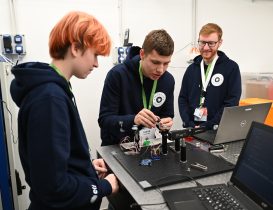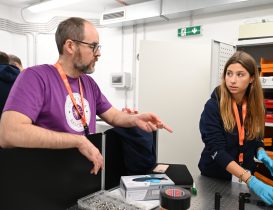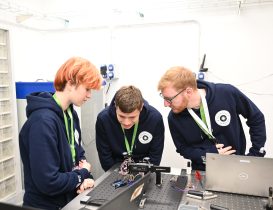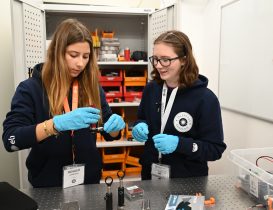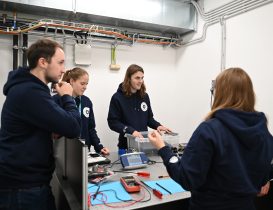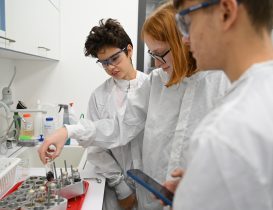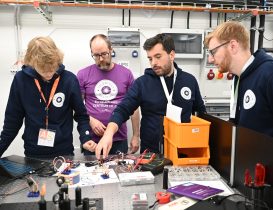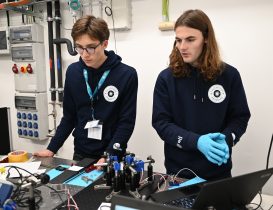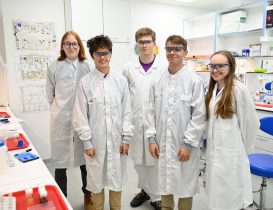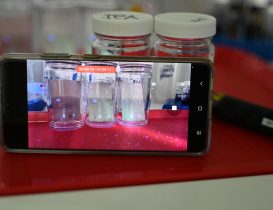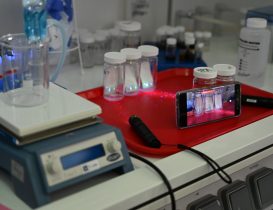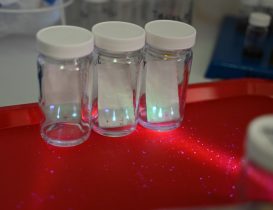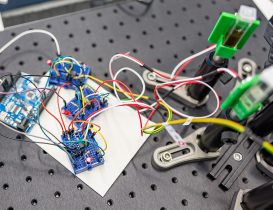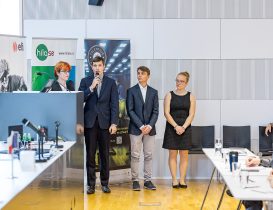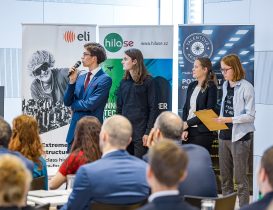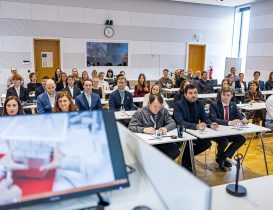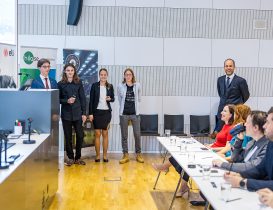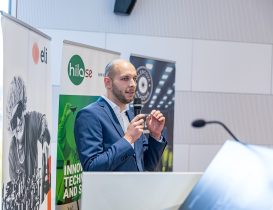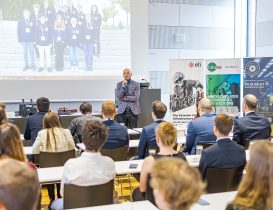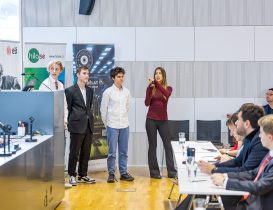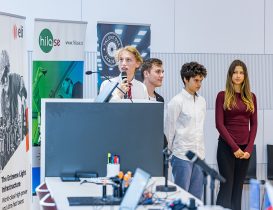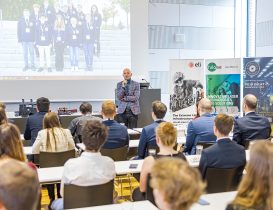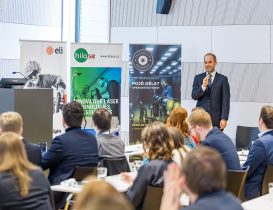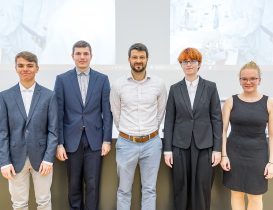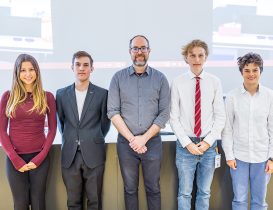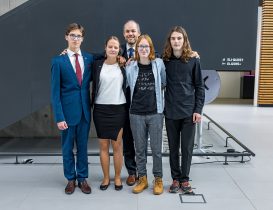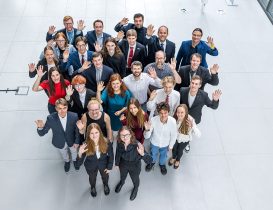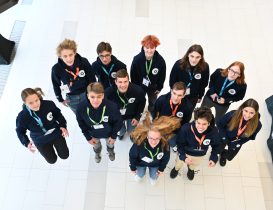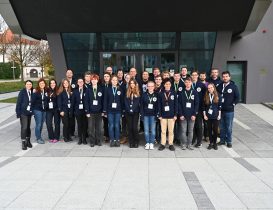Did you know that the displays of the future could be brighter and more colourful, yet more energy efficient? This technological advancement is made possible by quantum dots – objects so small that they behave according to the laws of quantum physics that govern the behaviour of the microworld. These tiny crystals have unique optical properties that make them useful in modern imaging technologies. As part of the 2024 Talent Academy, twelve talented high school students learned to synthesize quantum dots and explore their extraordinary properties directly for use in new displays.
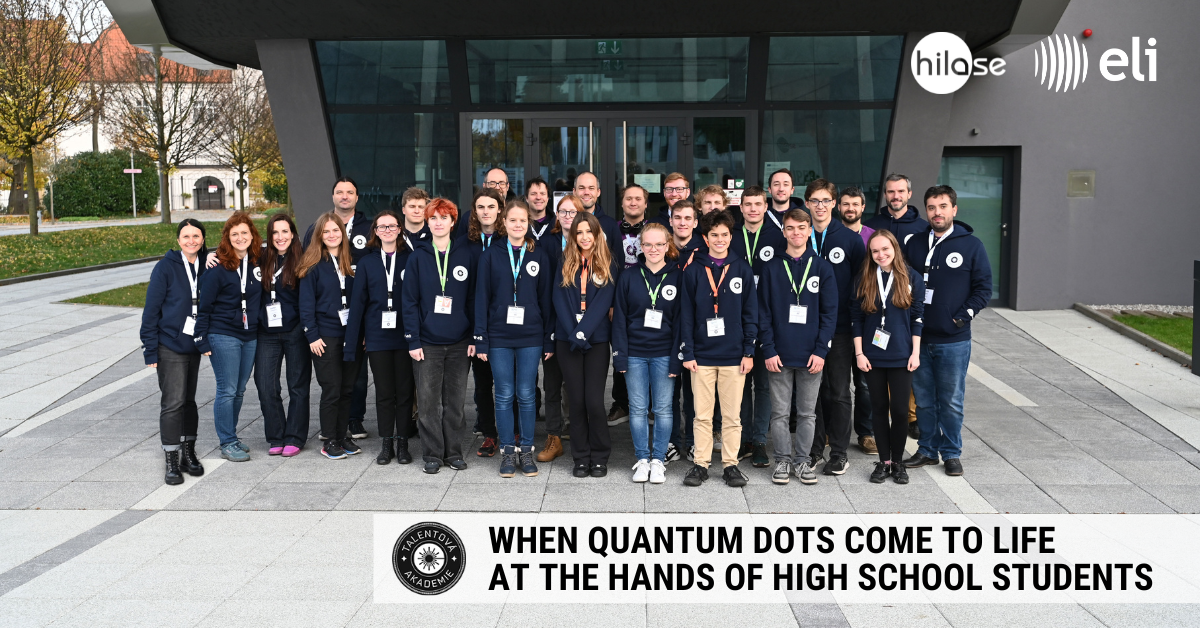
Each year, the Talent Academy finalists are divided into three teams and faced with a challenging scientific task, which they have to solve in the laboratories of the HiLASE (FZU AV ČR, v. v. i.) and ELI Beamlines (ELI ERIC) laser centres in just 30 hours. “The students tried their hand at synthesising carbon quantum dots, which are used in a wide range of modern technologies such as QLED displays and quantum computers,” says HiLASE Centre scientist Yoann Levy. “During the challenging task, the finalists were able to observe with their own eyes how different sizes of dots glow with different colours of light – from blue and green to red,” adds Martin Přeček, researcher at ELI Beamlines. The project brief involved creating three different sizes of carbon quantum dots and designing a pixel using the RGB colour model. This allowed the students to practice chemical reactions, precise programming, optical set-up, and the challenging theory of colour representations in order to combine these colours into a single image.
Scientists and engineers from both laser centres, including international experts such as Yoann Levy and Tyler Green, were involved in the preparation of this year’s programme. They gave the project an international dimension and motivated the young scientists to communicate in English – the language of contemporary science. “The Talent Academy gives young people the opportunity to move beyond the school curriculum in science and open the door to a career in cutting-edge research,” said the project’s lead methodologist, Michal Vyvlečka. “This year, however, we put even more emphasis on interdisciplinarity and teamwork, communication and continuous feedback,” he stressed the benefits of the Talent Academy.
The three-day programme culminated in a final conference where students presented their results to scientists from both laser centres and answered their curious questions. The four best participants received invitations to summer internships at HiLASE and ELI Beamlines, where they will be able to participate in real scientific projects. “We believe that some of you will one day become our colleagues,” Roman Hvězda, Director of ELI Beamlines, and Jan Kaufman, laser physicist at HiLASE, concluded this year’s event.


